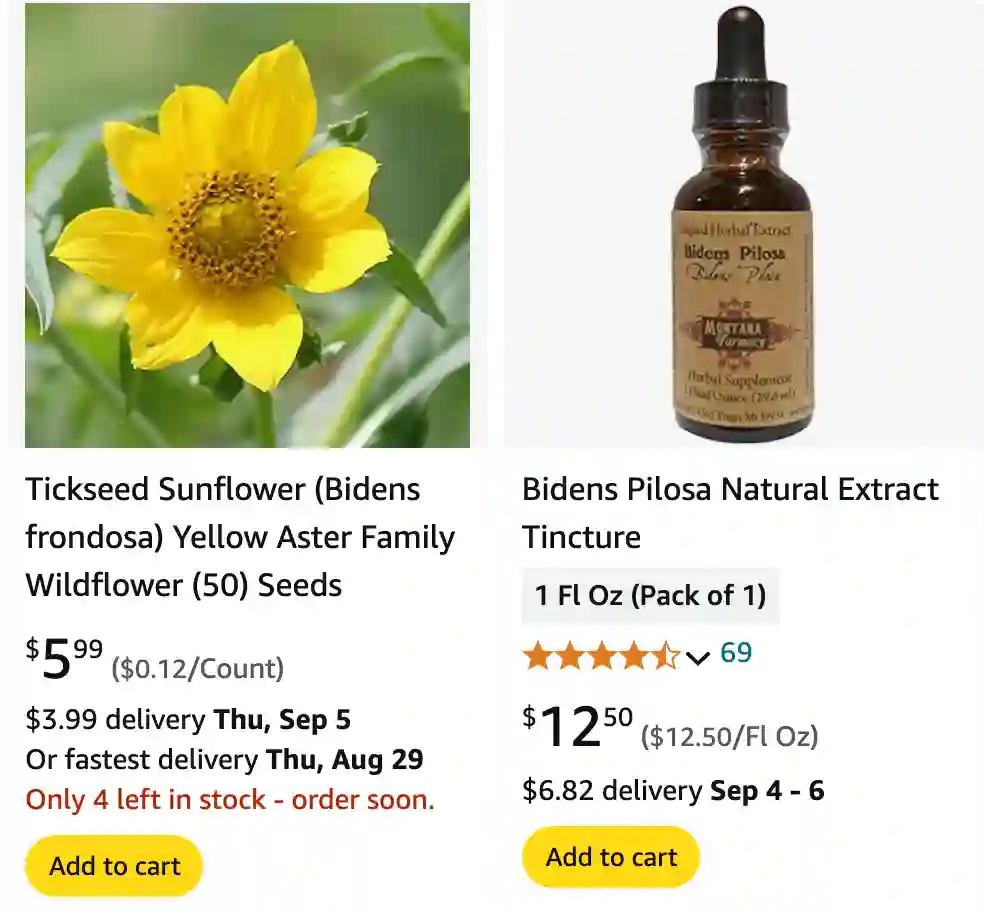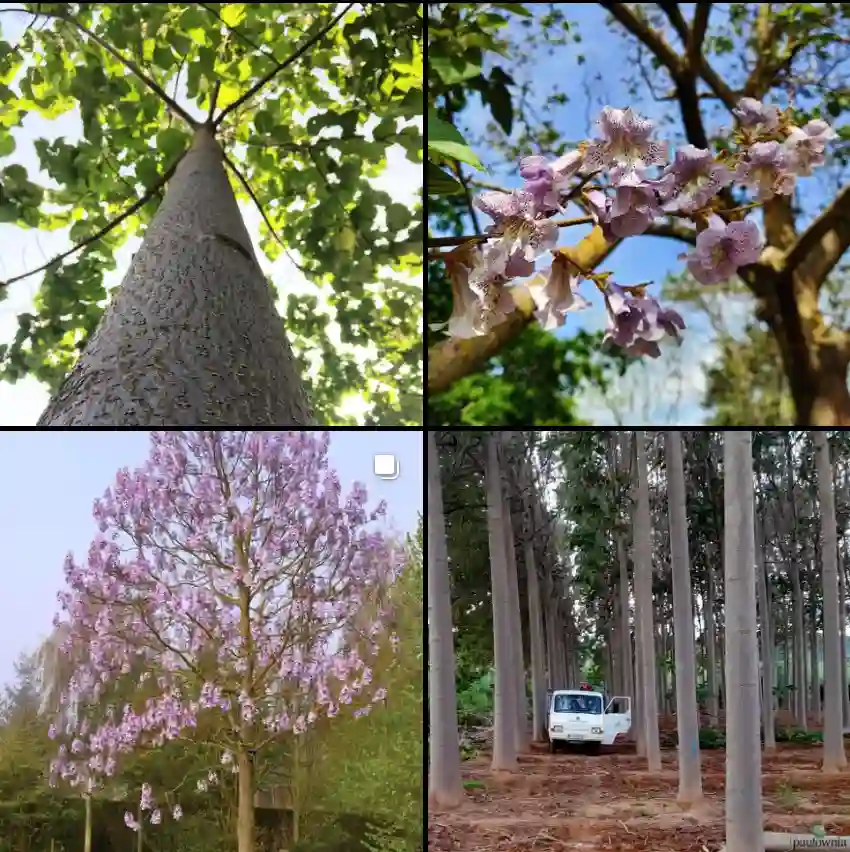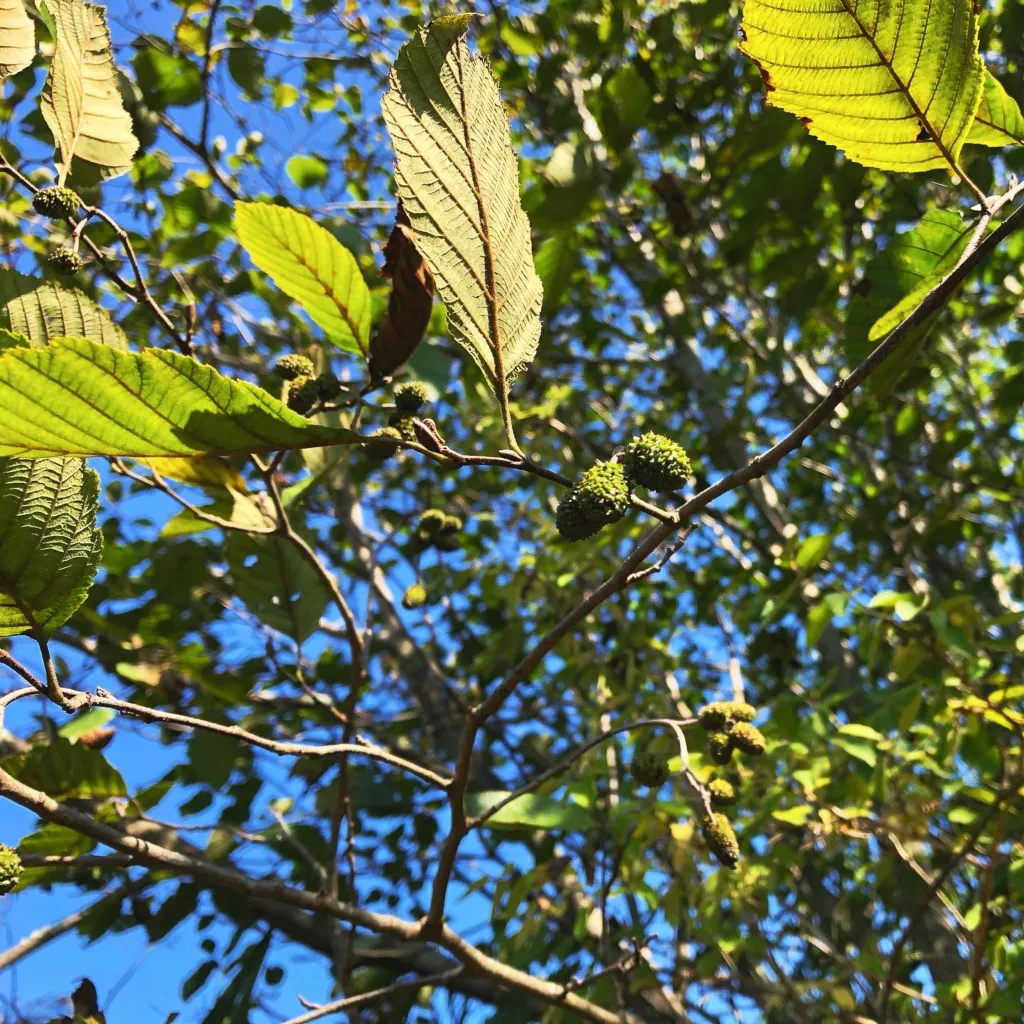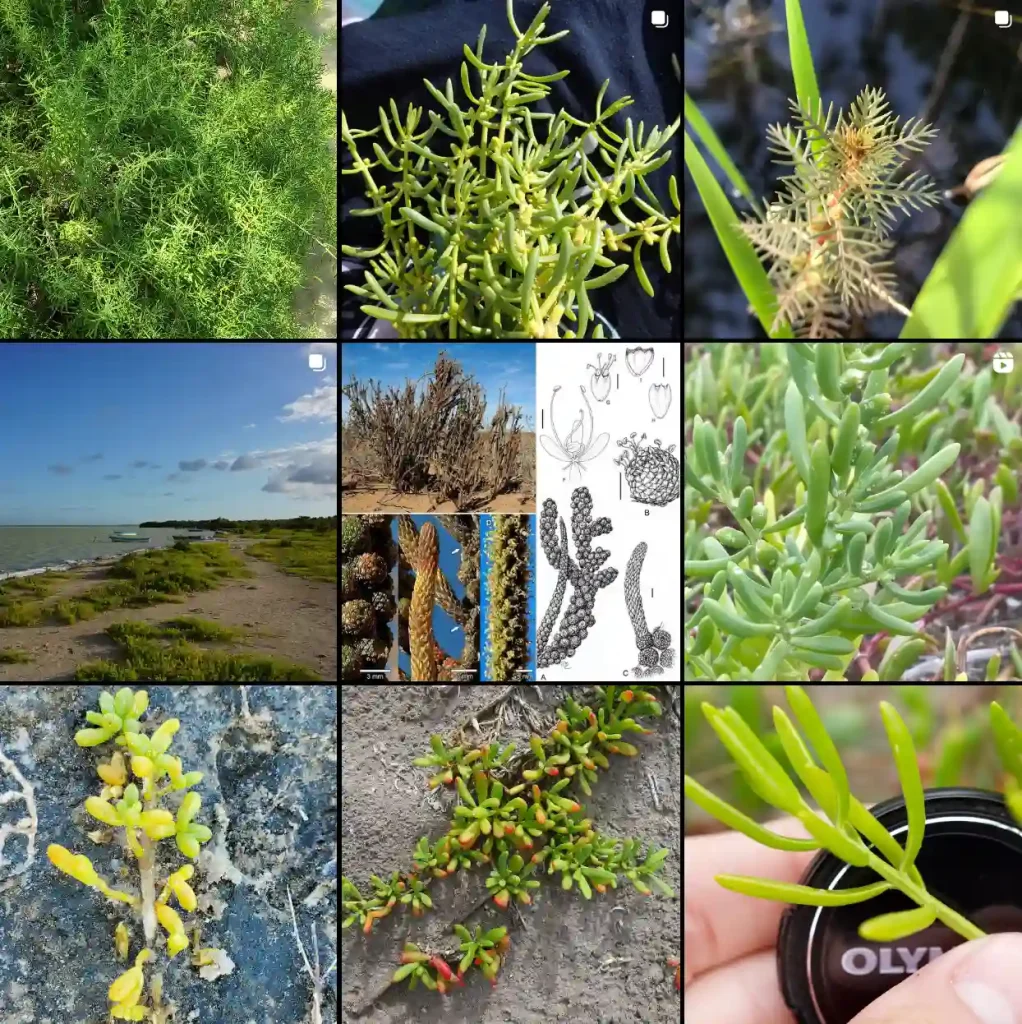
FAQs About Bidens Frondosa
I’ve had my share of experiences with Bidens Frondosa, often known as Beggarticks or Spanish Needle, so I thought it’d be helpful to share some insights into this fascinating plant. Whether you’re considering adding it to your garden or just curious, here’s everything you need to know.
227 Species in Genus Bidens
What Is Bidens Frondosa?
Bidens Frondosa is a perennial herbaceous plant that’s native to North and South America. It’s often found in wetlands, meadows, and along stream banks. The plant is characterized by its distinctive needle-like seeds and bright yellow flowers that resemble daisies. It’s a hardy species that can thrive in various conditions.
Is Bidens Frondosa a Weed?
Yes, Bidens Frondosa is often considered a weed, especially in agricultural settings. Its aggressive growth habit allows it to spread quickly and outcompete other plants. The seeds have a burr-like structure that can stick to clothing and animal fur, aiding its spread. While it may be beneficial in some natural environments for soil stabilization, it can become invasive in gardens and crops.
How to Care for Bidens Frondosa?
Caring for Bidens Frondosa is relatively straightforward. It prefers full sun to partial shade and thrives in moist, well-drained soil. Regular watering is crucial, especially in dry periods, but be cautious of waterlogging. The plant is quite hardy and can tolerate a range of soil types, including sandy and clay soils. It’s also relatively low-maintenance, requiring little more than occasional weeding to keep it from becoming too invasive.
How to Propagate Bidens Frondosa?
Propagating Bidens Frondosa is simple and can be done through seeds or cuttings. If you’re starting from seeds, sow them directly into the soil in spring after the last frost. Keep the soil moist but not waterlogged. For cuttings, take a section of stem with a few leaves and root it in water or a well-draining potting mix. Rooting hormone can help speed up the process.
What to Plant with Bidens Frondosa?
If you’re planting Bidens Frondosa in a garden setting, consider pairing it with other moisture-loving plants. Good companions include native grasses, sedges, and other wildflowers like Black-eyed Susans or Coneflowers. These plants can complement its vibrant blooms and help control its spread. Avoid planting it near delicate garden flowers or crops where it might outcompete them.
Can You Grow Bidens Frondosa Indoors?
Growing Bidens Frondosa indoors is not ideal. It typically prefers outdoor conditions and requires plenty of light and space to thrive. Indoor environments may not provide the right conditions for its growth. If you want to try it indoors, ensure it gets ample sunlight and maintain high humidity, but be prepared for the challenges it might pose.
Is Bidens Frondosa Toxic?
Bidens Frondosa is not known to be toxic to humans or animals. However, its seeds can be a nuisance as they tend to stick to fur and clothing. They can also cause minor irritation if they come into contact with sensitive skin. It’s always a good idea to handle the plant with care and keep an eye on pets and children who might come into contact with it.
Benefits of Bidens Frondosa
Despite its weed-like tendencies, Bidens Frondosa has several benefits. It’s a valuable plant for soil erosion control due to its robust root system. It also provides nectar for pollinators such as bees and butterflies, making it a beneficial addition to a wildlife garden. Its ability to thrive in wet conditions makes it useful for stabilizing riparian areas.
Common Problems with Bidens Frondosa
One common problem with Bidens Frondosa is its tendency to spread aggressively. This can lead to it outcompeting other plants and becoming invasive. It’s important to monitor its growth and manage its spread to prevent it from overtaking your garden or landscaping areas. Another issue is its sticky seeds, which can be a nuisance to deal with.
Comparing Bidens Frondosa with Similar Plants
Bidens Frondosa can sometimes be confused with Bidens Alba and Bidens Pilosa. Bidens Alba, also known as White Beggarticks, has white flowers and tends to grow in similar conditions. Bidens Pilosa, or Hairy Beggarticks, has a hairy stem and leaves and is often found in similar habitats. All these species share the aggressive growth habit but differ in flower color and leaf texture.
In summary, Bidens Frondosa is a plant with both advantages and challenges. Its ability to thrive in diverse conditions and support local wildlife makes it a valuable addition to certain landscapes, but its invasive nature requires careful management. Whether you’re dealing with it in your garden or studying its role in natural ecosystems, understanding its characteristics can help you appreciate this resilient plant.
If i die, water my plants!



